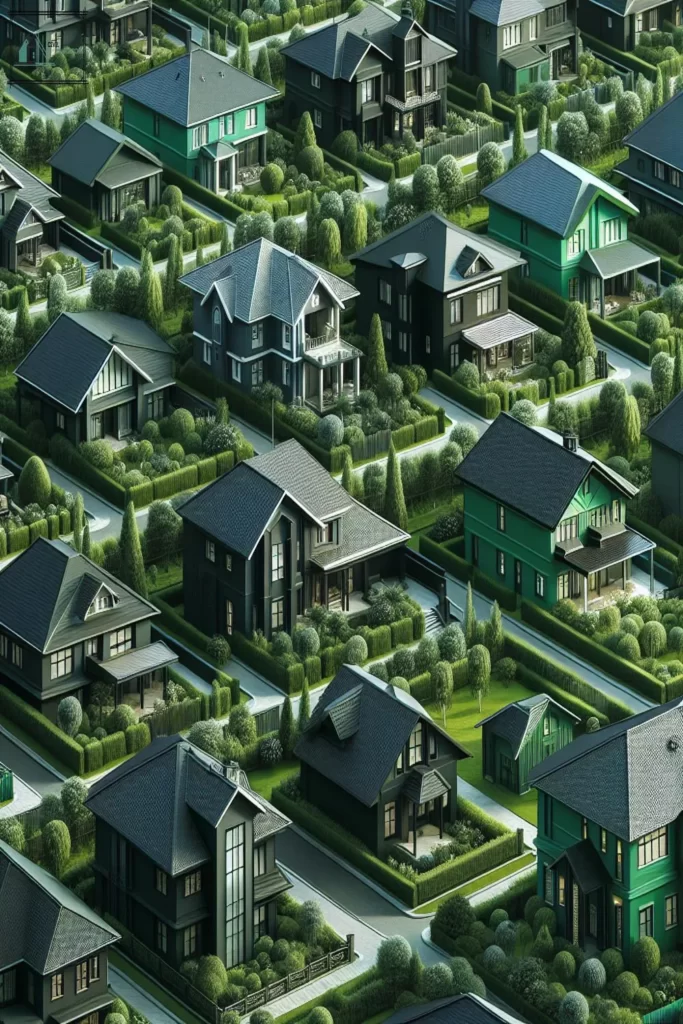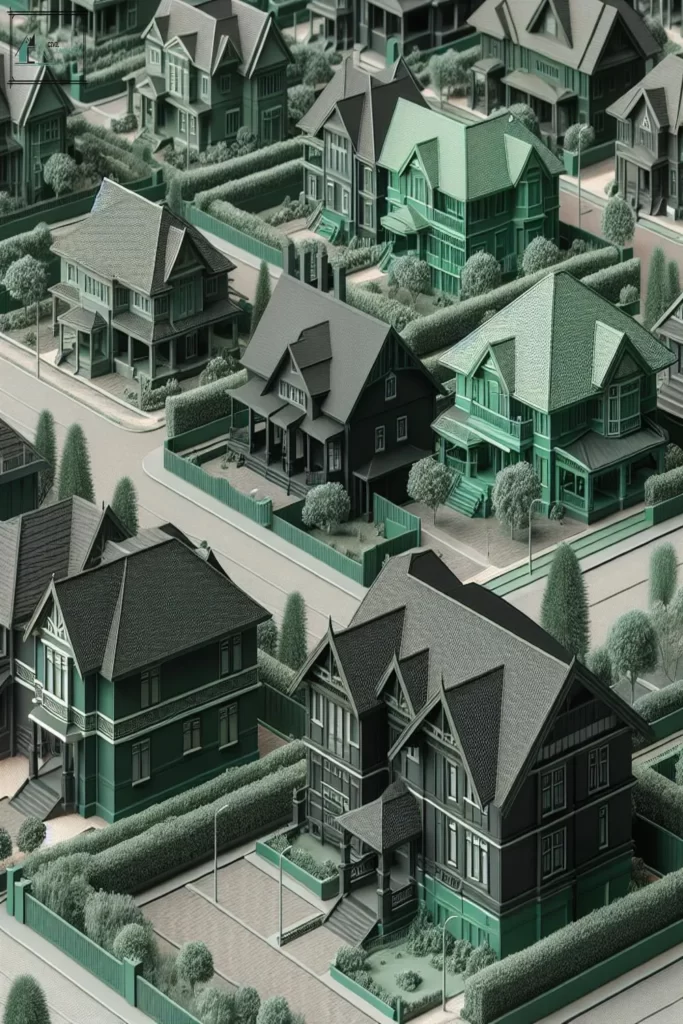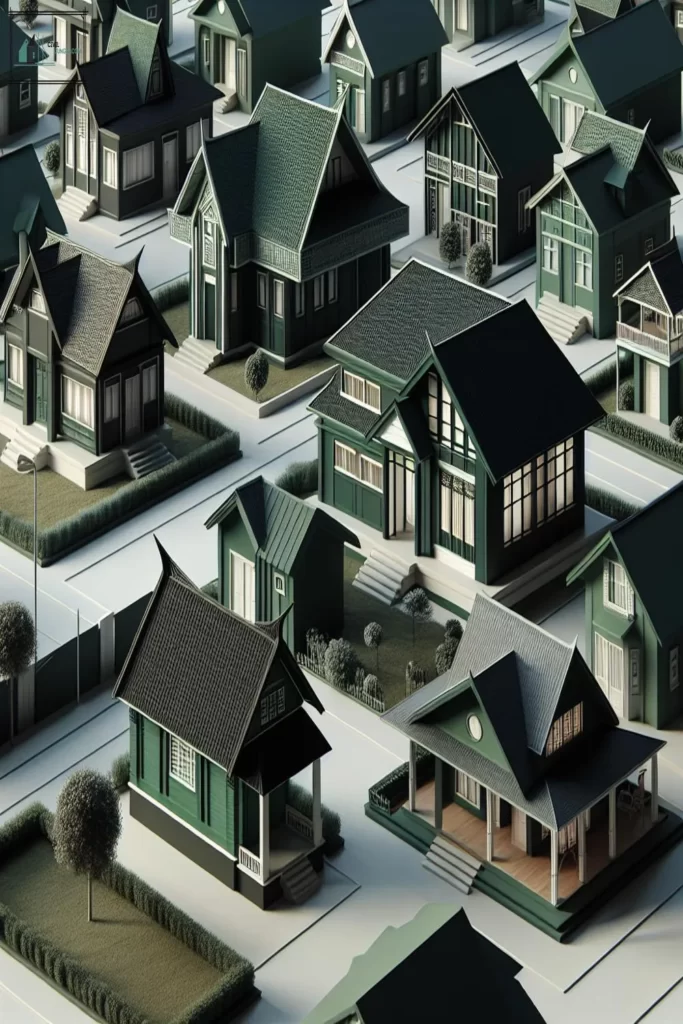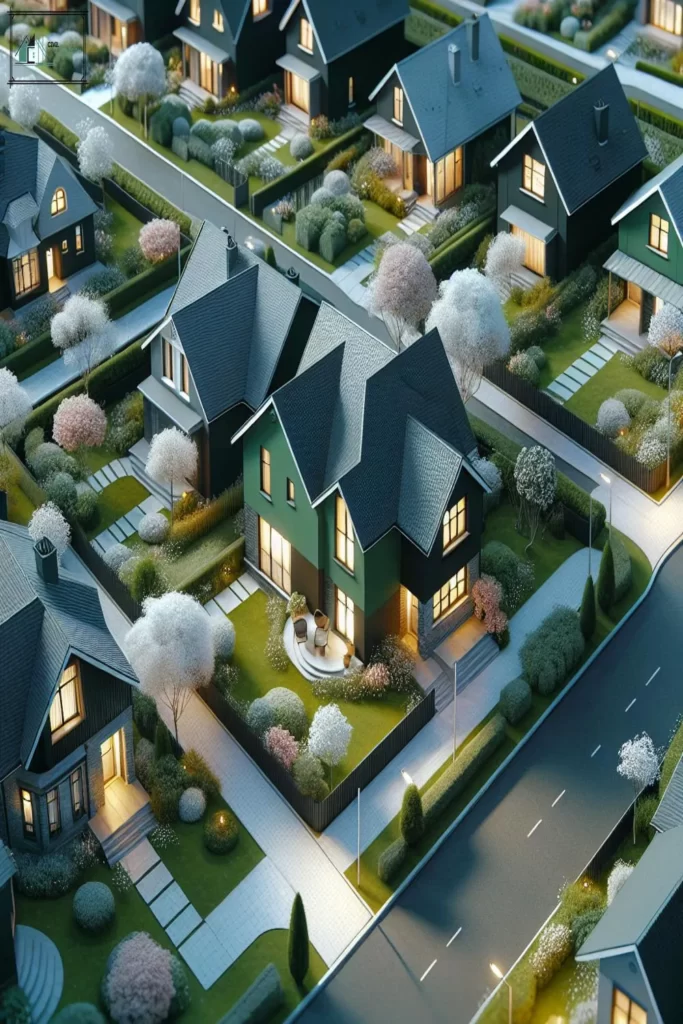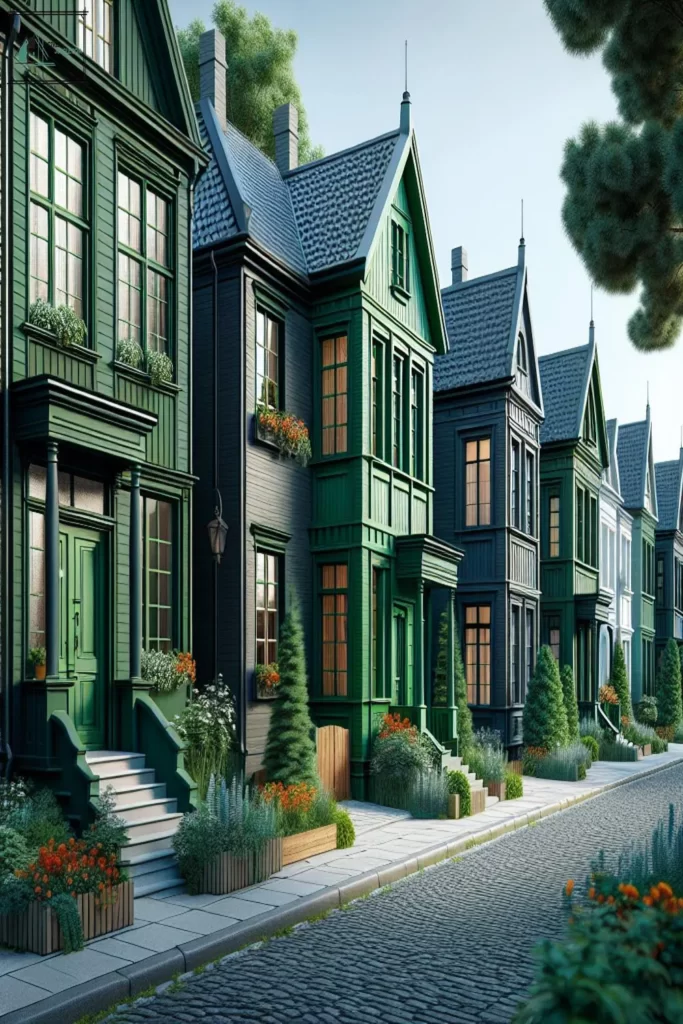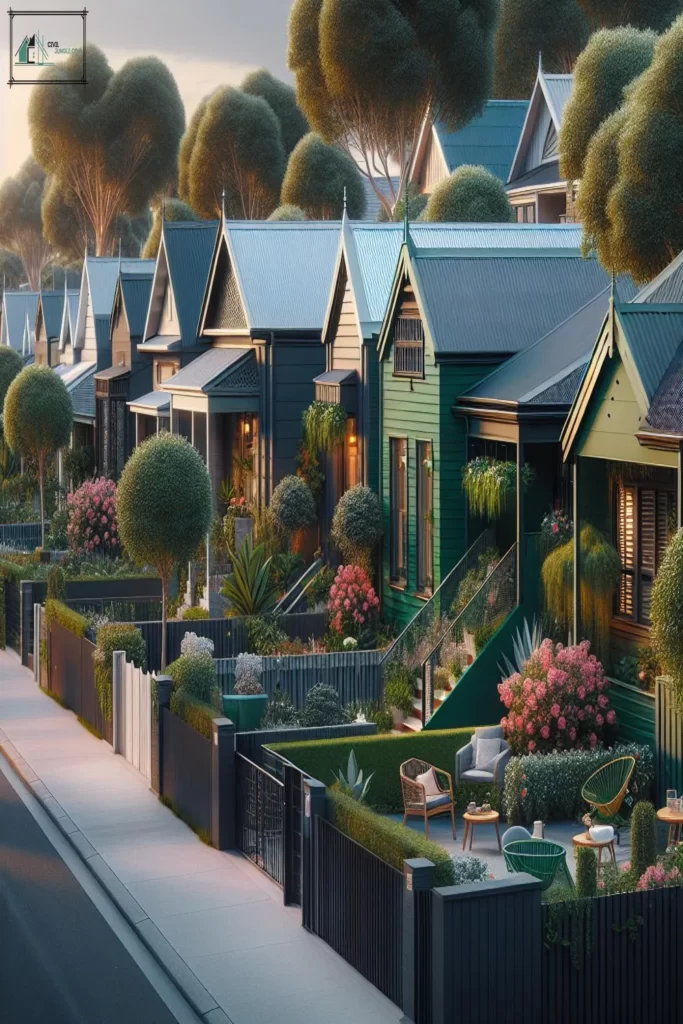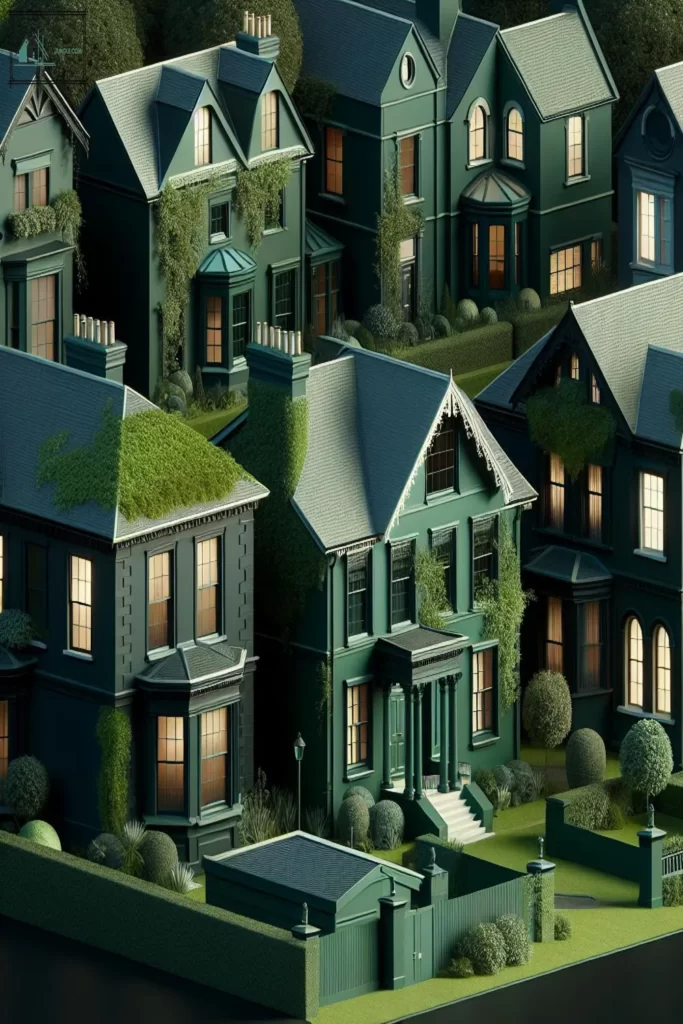As society becomes increasingly aware of the importance of sustainable living, the concept of “green” houses has gained popularity. However, in recent years, a new trend has emerged – dark green houses.
These homes utilize unique design elements, materials, and technologies to not only reduce their environmental impact but also create a striking aesthetic.
In this article, we will explore the ideas behind dark green houses and how they are revolutionizing the way we think about eco-friendly living.
From incorporating natural lighting to using energy-efficient materials, these homes provide a modern and sustainable solution for those looking to reduce their carbon footprint.
So, if you’re ready to explore the world of dark green houses, read on to discover the latest ideas and trends that are shaping this emerging movement
Dark Green Houses Ideas
Important Point
Also, Read: Before-and-After Kitchen Makeovers to Inspire Your
Also, Read: Small House Plans 10×8 With 2 Bedrooms Shed Roof
Green building, also known as sustainable building, is rapidly gaining popularity in the construction industry. As awareness about climate change and environmental concerns increases, people are now more interested in building homes that are not only aesthetically pleasing but also environmentally friendly.
One of the emerging ideas in green building is the concept of dark green houses.
Dark green houses are designed with the goal of reducing energy consumption and minimizing the carbon footprint of the building.
These houses are built using eco-friendly materials and innovative design techniques to create a highly sustainable living space.
Here are some key ideas and features of dark green houses:
1. Passive Solar Design:
The main concept behind passive solar design is to maximize natural light and heat from the sun to reduce dependency on artificial lighting and heating.
Dark green houses incorporate this design by strategically placing windows and skylights to take advantage of natural light and heat. This not only saves energy but also creates a bright and airy living space.
2. Insulated Building Envelope:
Insulation is crucial when it comes to conserving energy in a home. Dark green houses are designed with a well-insulated building envelope, which reduces the need for heating and cooling.
This includes using energy-efficient windows, doors, and walls that are properly sealed to minimize air leakage.
3. Sustainable Materials:
The materials used in dark green houses are carefully selected to be eco-friendly. This includes using renewable resources, such as bamboo, cork, and reclaimed wood, which have a lower environmental impact compared to traditional building materials like concrete and steel. These materials are not only sustainable but also add a unique character to the home.
4. Green Roofs:
Dark green houses often have green roofs, which are covered with plants and vegetation, providing additional insulation and reducing the heat island effect. Green roofs absorb rainwater, improving the building’s stormwater management and reducing the risk of flooding.
5. Energy-Efficient Appliances and Systems:
In addition to the design and materials, energy-efficient appliances and systems are a crucial feature of a dark green house. This includes installing energy-saving light fixtures, smart thermostats, and efficient HVAC systems. These features not only reduce energy consumption, but also save homeowners money in the long run.
6. Rainwater Harvesting:
Collecting and reusing rainwater is a great way to reduce water usage. Dark green houses often have rainwater harvesting systems in place, which collect and store rainwater for future use, such as watering the garden or flushing toilets. This reduces the need for treated water and helps conserve this precious resource.
7. Sustainable Landscaping:
The area surrounding a dark green house is also an important aspect of its sustainable design. This includes using native plants that require less water and maintenance, as well as minimizing the use of chemicals and pesticides. Sustainable landscaping not only adds to the aesthetics of the house but also helps promote a healthier environment.
Conclusion
In conclusion, dark green houses have become an increasingly popular choice for homeowners looking to embrace sustainability and reduce their carbon footprint.
With a variety of design ideas and materials available, it is possible to create a dark green house that is not only environmentally friendly but also stylish and functional.
From energy-efficient features to biophilic design elements, these houses offer numerous benefits for both the residents and the environment.
As our society continues to prioritize sustainable living, dark green houses are sure to remain a prominent trend in the housing industry.
So why not consider incorporating some of these ideas into your own home design and join the movement towards a greener future.



